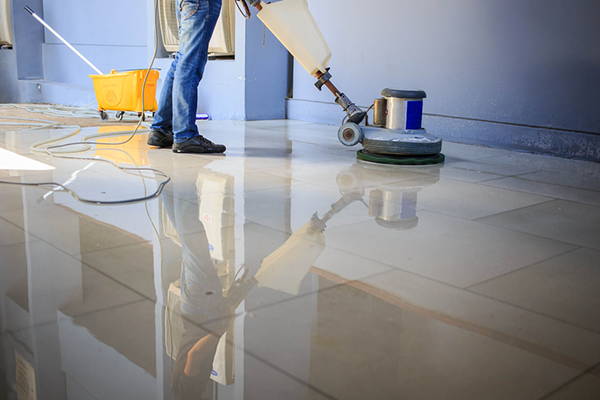
Image Source – Google
Marble is a timeless and elegant choice for countertops, floors, and various other surfaces in your home or commercial space. However, over time, marble can lose its luster and develop scratches, stains, or other signs of wear and tear. Marble restoration is the process of bringing these surfaces back to their original beauty and shine.
If you are looking for a Marble Restoration service provider then you can visit this website. In this guide, we will cover everything you need to know about marble restoration to help you maintain a stunning space.
The Basics of Marble
What is Marble?
- Marble is a natural stone that is formed from limestone under high heat and pressure.
- It is known for its unique veining and luxurious appearance.
- Marble is a popular choice for countertops, floors, and fireplace surrounds.
Why Choose Marble?
- Marble adds a touch of sophistication and elegance to any space.
- It is durable and can last for generations with proper care.
- Marble is available in a wide range of colors and patterns to suit any design aesthetic.
Common Issues with Marble Surfaces
Scratches
- Marble surfaces can get scratched from everyday use, such as cutting food directly on countertops.
- Heavy objects dragged across marble floors can also cause scratches.
Stains
- Marble is prone to staining from acidic substances like wine, coffee, or citrus fruits.
- Stains can also occur from water penetration or oil-based products.
Etching
- Etching is the dulling of the marble surface caused by acidic substances reacting with the calcium carbonate in the stone.
- Etching can make the marble appear cloudy or rough to the touch.
The Marble Restoration Process
Assessment
- Before starting the restoration process, a professional will assess the condition of the marble surface to determine the extent of damage.
- They will identify any scratches, stains, etching, or other issues that need to be addressed.
Cleaning
- The first step in the restoration process is to clean the marble surface thoroughly to remove dirt, grime, and any surface stains.
- A pH-neutral cleaner is typically used to avoid damaging the marble.
Repair
- Any scratches or chips in the marble surface will be repaired using special techniques and products.
- Etching can be polished out using a marble polishing compound.
Polishing
- After the repairs are complete, the marble surface will be polished to restore its shine and luster.
- A series of polishing pads are used in progressively finer grits to achieve a smooth and glossy finish.
Sealing
- Once the marble is restored, a sealant is applied to protect the surface from future damage and staining.
- The sealant helps to repel water, oil, and other substances that could harm the marble.
Maintaining Restored Marble
Cleaning
- Regularly clean marble surfaces with a pH-neutral cleaner and a soft cloth to avoid scratching the surface.
- Avoid using abrasive cleaners or scrubbing pads that could damage the marble.
Sealing
- Reapply a sealant to the marble surface every 1-2 years to maintain its protection against stains and damage.
- Test the sealant by sprinkling water on the surface – if it beads up, the sealant is still effective.
Preventing Damage
- Use cutting boards and coasters to protect marble countertops from scratches and stains.
- Avoid placing hot pans directly on marble surfaces to prevent discoloration and damage.
DIY vs. Professional Marble Restoration
DIY
- Simple cleaning and maintenance tasks can be done by homeowners to keep marble surfaces looking their best.
- DIY polishing kits are available for minor surface scratches and dullness.
Professional Restoration
- For deep scratches, stains, etching, or extensive damage, it is best to hire a professional marble restoration service.
- Professionals have the expertise, tools, and products to safely and effectively restore marble surfaces.
By following these tips and understanding the marble restoration process, you can keep your marble surfaces looking stunning for years to come.
